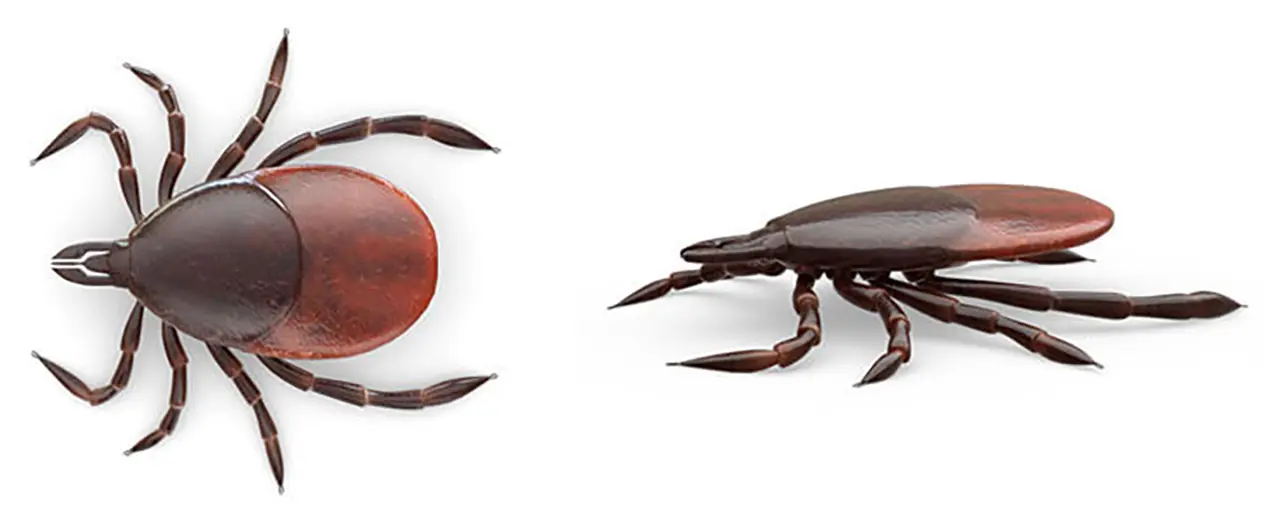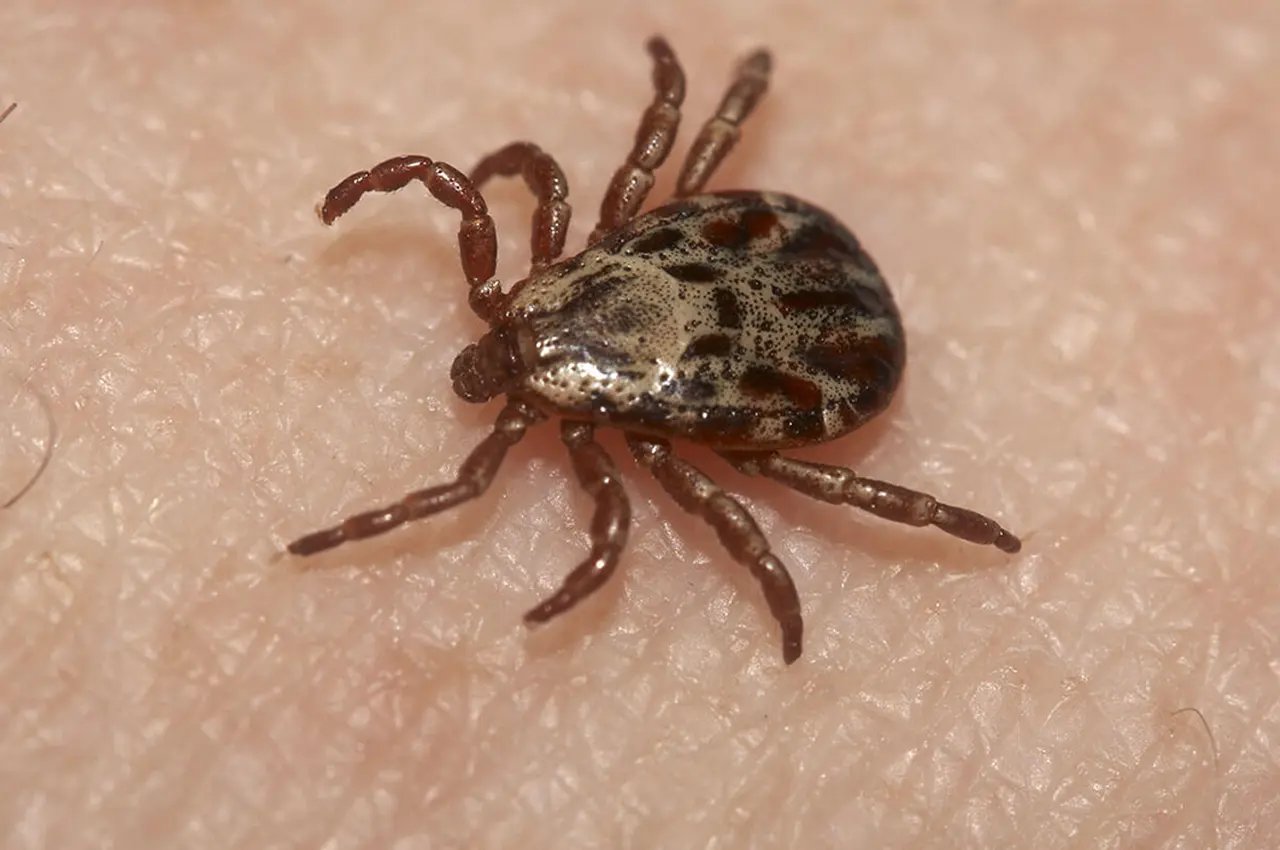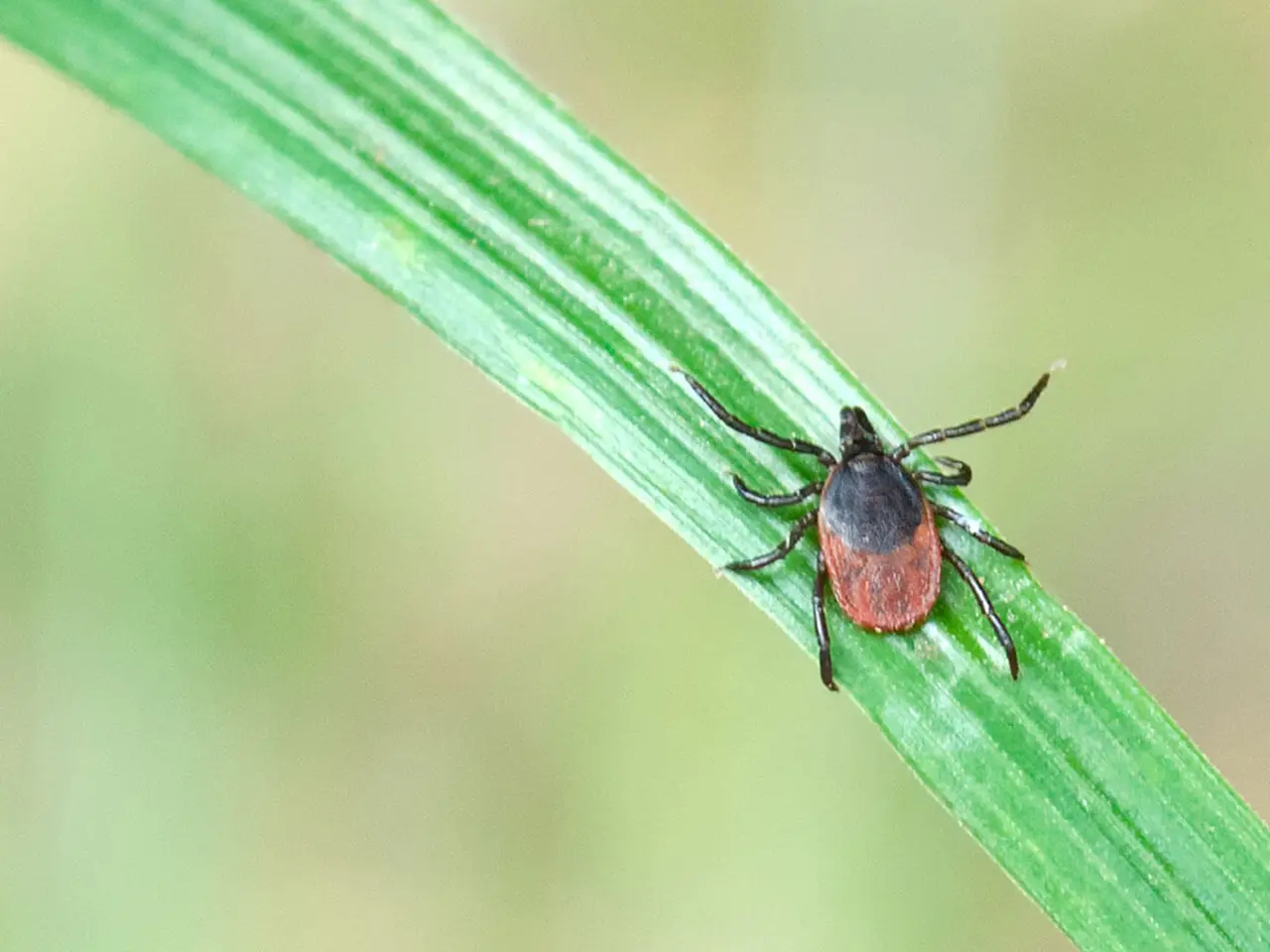10 Essential Facts About Ticks
Learn how to repel ticks, how they may spread diseases like Lyme disease and how to remove them.
1. What are Ticks?
Ticks aren’t actually insects, they are arachnids – more closely related to spiders. But insect repellent that contains 20% DEET or more, like OFF!® Deep Woods® V, still effectively repels ticks, helping to prevent tick bites.

2. How do Ticks find me?
Since they cannot fly or jump, many types of ticks climb up to the tips of grasses and wait. When they detect a passing host, they simply climb aboard. Merely casting a shadow on some ticks can give away your presence. Ticks can also detect animals by their breath, odor, heat, moisture or vibrations caused by their movement.
3. How do Ticks spread Lyme disease?
Ticks spread diseases, such as Lyme disease, by biting a person or animal infected with a disease, then passing it along to their next host through the tick’s saliva. Ticks need to feed on blood to make it through each phase of life, from egg to larva to nymph to adult. If one of these meals contains a blood-borne pathogen (or disease-causing microbe), the tick can pass it along when it feeds on a new host in their next life stage.
4. How do I check for Ticks?
After gardening, camping, hiking or playing outdoors, it’s a good idea to do a full body tick check on your children and pets when they come indoors. Use a mirror or a partner and pay special attention to these parts: armpits, ears, belly button, back of the knees, scalp, hair, between the legs and around the waist. Showering within two hours of being outside will also help by rinsing away ticks that have not yet bitten.
5. What makes Ticks stick?
Once they bite, it’s not a good idea to just flick a tick away. In order to stay attached while they feed, many ticks secrete a cement-like substance through their feeding tube. A tick’s saliva can also make the pain associated with the bite go unnoticed, allowing it to feed for up to several days.
6. Tick removal: How to remove a Tick properly?
Use tweezers to pinch the tick very close to the skin’s surface. Pull up firmly but don’t yank too hard. The goal is to remove all the mouth parts along with the body. A tick’s saliva can carry disease, so it’s important not to leave the head behind when you remove it. Thoroughly clean and disinfect the area with rubbing alcohol, an iodine scrub, soap and water.

7. What to do when you’ve been bitten by a Tick?
If you develop signs and symptoms of a tick-borne disease such as Lyme disease, visit your health care provider for an evaluation. Saving a tick you’ve removed from your skin can also help you identify the species, and different species carry different diseases. Make a record of your bite by sealing the tick inside a sealable sandwich bag along with a note including the date and where you were when you were bitten.
8. Which types of Ticks carry which diseases?
Different types of ticks transmit different diseases. Lyme disease is most commonly spread by Black legged ticks, also known as the deer tick. Rocky mountain spotted fever is spread by the wood tick and the brown dog tick.
Educate yourselves on the types of ticks in your area.

American Dog tick

Blacklegged tick
9. How can I prevent Tick bites near my home?
Ticks can intrude on your yard or home by hitching a ride on dogs, cats, mice, deer and other animals. Create a wood chip or gravel barrier between your lawn and wooded areas and stack wood in neat piles away from your home to help reduce tick populations in your yard. Also, mowing your lawn and ridding it of debris can remove habitats for ticks.
In addition, one of the best ways to prevent tick bites is to avoid habitats where ticks live when possible, like long grass, shrubs, leaf litter or in the woods. Use tick-prevention products for pets on your cats and dogs. Wearing insect repellent that contains 20% DEET or more, like OFF!® Deep Woods® V, also helps prevent tick bites.
10. How do I kill Ticks in my home?
Giving clothing and camping gear a spin in the dryer on high heat for 10 minutes can kill stowaway ticks.
Sources:
https://www.cdc.gov/rocky-mountain-spotted-fever/about/index.html
https://www.cdc.gov/lyme/causes/?CDC_AAref_Val=https://www.cdc.gov/lyme/transmission/index.html
https://www.cdc.gov/ticks/prevention/?CDC_AAref_Val=https://www.cdc.gov/ticks/avoid/on_people.html
Related products

Keep calm and carry on your outdoor activities with OFF!® Deep Woods® Insect Repellent V Aerosol. Designed for long-lasting protection against mosquitoes for up to 8 hours, it also deters pesky ticks, black flies, sand flies, chiggers, and gnats. Want more? It also repels fleas and no-see-ums for even more relief.
EPA Reg. No. 4822-167
Related

Lyme Disease: What You Need To Know
How to avoid being bitten by ticks that may carry Lyme disease.

Your Ally In The Fight Against Mosquitoes
OFF!® has a variety of repellents that help keep your family protected from mosquitoes.

How to Correctly Apply Insect Repellent
Follow these five tips to keep the mosquitoes off and your groove on.
